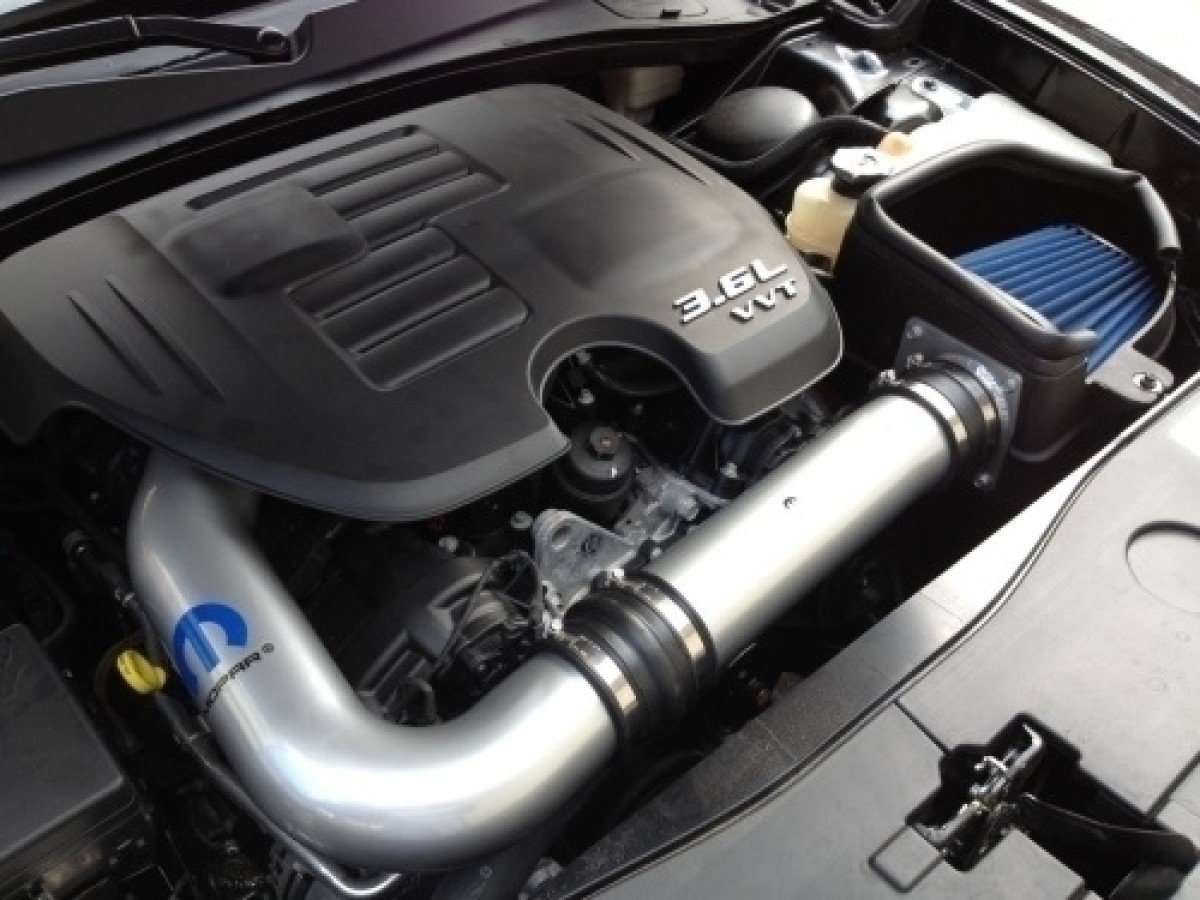How Long Will A 3.6 Pentastar Engine Last

The 3.6L Pentastar V6 engine, a mainstay in the Chrysler, Dodge, Jeep, and Ram lineups for over a decade, has earned a reputation for being a dependable powerplant. But the burning question for many owners and potential buyers remains: How long will a 3.6 Pentastar engine *actually* last? The answer, as with most complex machinery, isn't a simple number. Engine longevity is a multifaceted issue dependent on several factors, including maintenance practices, operating conditions, and inherent design strengths and weaknesses.
Understanding Engine Lifespan: Beyond the Numbers
Before diving into the specifics of the 3.6 Pentastar, it's crucial to understand what "engine lifespan" truly means. It's not simply when the engine catastrophically fails. More often, it refers to the point at which the engine's performance degrades to an unacceptable level, requiring major repairs that might not be economically viable. This could manifest as excessive oil consumption, significant power loss, persistent misfires, or internal noises indicating worn components.
While anecdotes abound about engines reaching 200,000, 300,000, or even 400,000 miles, these figures should be viewed with caution. These high-mileage engines are typically the exception, not the rule, and often benefit from meticulous maintenance and relatively gentle usage.
Factors Influencing 3.6 Pentastar Engine Longevity
Several key variables influence the lifespan of any engine, and the 3.6 Pentastar is no exception:
1. Maintenance Practices: The Kingpin of Longevity
Regular and proper maintenance is arguably the single most critical factor determining engine lifespan. This encompasses:
Oil Changes: Adhering to the manufacturer's recommended oil change intervals (or even more frequently, especially under severe operating conditions) is paramount. Using the correct oil viscosity and quality is equally important. The 3.6 Pentastar, like many modern engines, is sensitive to oil quality and viscosity due to its tight tolerances and variable valve timing (VVT) system. Sludging from degraded oil can wreak havoc on the VVT components, leading to performance issues and premature wear.
Coolant Flushes: Maintaining a clean and properly functioning cooling system is vital for preventing overheating, which can cause catastrophic engine damage. Regular coolant flushes, using the correct type of coolant, are essential for removing deposits and preventing corrosion.
Spark Plug Replacement: Worn spark plugs can lead to misfires, reduced fuel efficiency, and increased stress on the catalytic converters. Replacing spark plugs at the recommended intervals ensures optimal combustion and prevents potential damage.
Air Filter Replacement: A clean air filter ensures that the engine receives an adequate supply of clean air. A clogged air filter restricts airflow, leading to reduced performance and increased fuel consumption. It also allows abrasive particles to enter the engine, accelerating wear.
2. Driving Conditions: The Severity Factor
The conditions under which the engine operates significantly impact its lifespan. Severe driving conditions, such as frequent short trips, stop-and-go traffic, towing heavy loads, or operating in extreme temperatures, place significantly more stress on the engine. These conditions lead to increased wear and tear on internal components and necessitate more frequent maintenance.
Conversely, engines primarily used for highway driving at consistent speeds and moderate loads tend to last longer.
3. Inherent Design Strengths and Weaknesses
The 3.6 Pentastar, while generally reliable, isn't without its known issues. Understanding these potential weaknesses can help owners take preventative measures.
Rocker Arm/Lifter Issues: Some early iterations of the 3.6 Pentastar (primarily those produced before 2014) experienced issues with rocker arms and valve lifters. These components could wear prematurely, leading to ticking noises and, in severe cases, engine failure. Design revisions were implemented to address this issue, but it remains a concern for older models.
Oil Cooler Leaks: The oil cooler, particularly on some model years, is prone to leaking. This can lead to oil loss and, if left unaddressed, engine damage. Regular inspection for oil leaks is crucial.
Cylinder Head Issues: Certain 2011-2013 models, specifically those produced at the Trenton Engine South plant, experienced issues with cylinder heads. These cylinder heads were prone to cracking, leading to coolant leaks and engine failure.
4. Tuning and Modifications: Playing with Fire
Modifying the engine's tuning or adding performance-enhancing components can significantly reduce its lifespan. Increasing horsepower and torque puts additional stress on internal components, potentially leading to premature wear and failure. While performance modifications can be tempting, they should be approached with caution and only performed by experienced professionals.
Estimating the 3.6 Pentastar's Lifespan
Given these factors, providing a precise lifespan estimate for the 3.6 Pentastar is impossible. However, based on real-world data and anecdotal evidence, a well-maintained 3.6 Pentastar engine can reasonably be expected to last 150,000 to 200,000 miles before requiring major repairs. With meticulous maintenance and gentle usage, it's possible to push that number significantly higher, potentially exceeding 250,000 miles or even 300,000 miles. Conversely, engines subjected to severe operating conditions and neglected maintenance may only last 100,000 miles or less.
Ultimately, the lifespan of a 3.6 Pentastar engine boils down to proactive maintenance and responsible driving habits. By adhering to recommended maintenance schedules, addressing potential issues promptly, and avoiding abusive driving practices, owners can significantly extend the life of their engine and enjoy years of reliable service.
